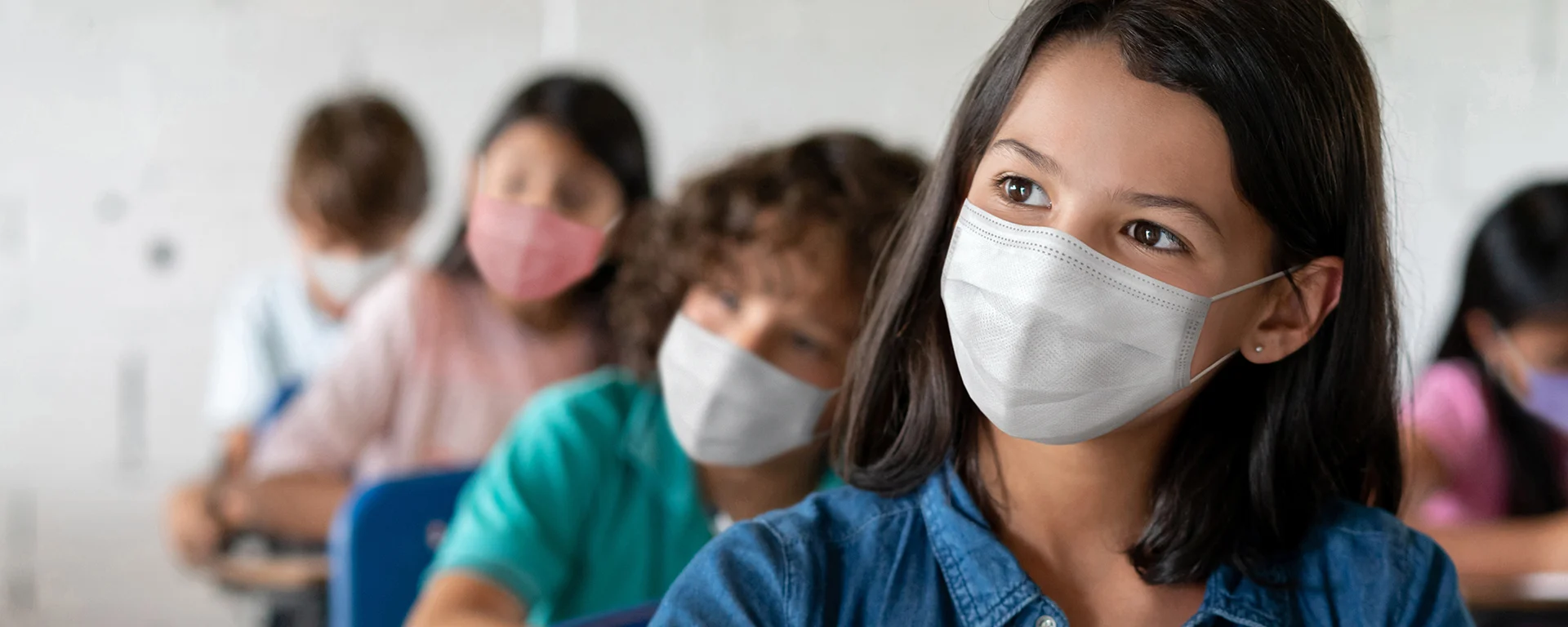Four Steps to Fewer COVID-19 Outbreaks | Step 3: Notifying Close Contacts: Win the Race Against Time
In this short series, we cover four key strategies that will help reduce the likelihood of a COVID-19 outbreak in your organization.
As of September 20, 2022, this post will no longer be updated.
August 2022: Per updated CDC guidelines, close contacts no longer need to quarantine.Instead, they should wear a mask when around other people for 10 days, and should get tested for COVID-19 on Day 5 after their exposure. (You can find more details here.)
In our previous posts in this series, we talked about vaccination and masking, our top two strategies for decreasing COVID-19 outbreaks in schools and workplaces. In this post, we’ll cover a strategy that’s more complex, but can really make a difference: contact tracing.
The object of the game when it comes to contact-tracing is simple: Identify all the people who were in close contact with a positive COVID case while that person was contagious and notify the contacts of their status ASAP — preferably within 24 hours — so that they can quarantine. The timing matters, because the longer close contacts remain unaware that they may have been exposed to the virus, the more likely it is that they will infect other people.
So, first of all, what is the definition of a close contact? According to the CDC, it’s someone who was within six feet of an infected person for a total of at least 15 minutes over the course of 24 hours.
One exception to that rule is applicable only to schools: Students who were between three and six feet of an infected person are not considered close contacts as long as they were in school and “correctly and consistently” wearing masks. That’s because research during the 2020 - 21 school year (particularly studies from Massachusetts and North Carolina) showed that in the controlled environment of a school, properly masked students three feet away from one another were no more likely to transmit disease than those who were six feet apart.
Now that you know what a close contact is, how do you quickly identify who those people are within your workplace or school when you need to? The keys are 1) knowing who is close to whom at all times, and 2) having a designated person or team responsible for identifying and notifying close contacts.
In theory, schools have it easier than workplaces on both counts – assigned, consistent seating is often part of school culture, and school systems typically include nursing staff, who are the logical team members to interact with public health officials. However, the added burden of contact tracing on top of nurses’ other tasks can definitely present a challenge, especially in resource-strapped districts.
Some workplaces, by contrast, may have the resources to do efficient contact tracing. However, they may need to put systems into place such as seating charts for workspaces and meetings in order to keep track of where people are.
Technically, contact tracing is part of the job of your local or state public health office. However, if your workplace or school is able to partner with them in this process, there’s a MUCH better chance that close contacts can be notified within that crucial 24-hour window. That’s why the WhenToTest Workplace Testing Planner asks whether your workplace or school has the ability to identify and notify close contacts in that time frame: Having that ability decreases the likelihood that one positive case will cause an outbreak in your organization — and decreases your need to rely on testing to keep your population safe from COVID-19.






